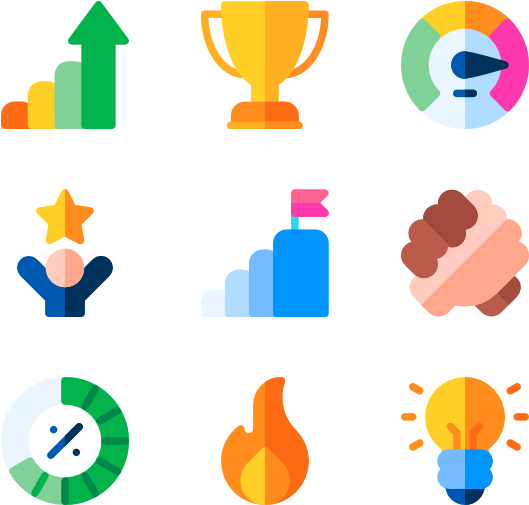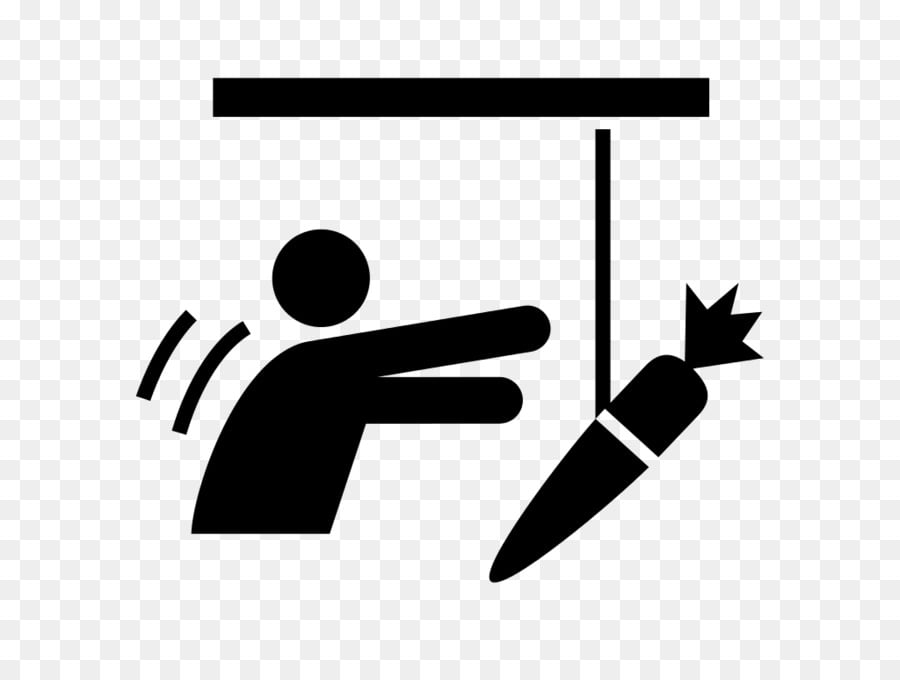Unleash your inner genius with these 15 innovative ideas to ignite your creativity and soar to new heights of ingenuity.
Updated at: 2025-06-03 10:53:22 (4 months ago by Melkisedeck Leon Shine)
Unlocking Creative Potential: A Multifaceted Approach to Innovative Thinking
Creativity and innovation are crucial for progress across all sectors in our modern world. This article explores fifteen evidence-based strategies for fostering creative thinking, grounding its analysis in established psychological principles and demonstrating their practical application. We will define and examine key concepts like divergent thinking, growth mindset, and the importance of mindful practice within the context of boosting innovative thought processes. These concepts, fundamental to understanding and enhancing creative capabilities, will be elucidated through established theoretical frameworks.
1. Cultivating a Growth Mindset: The Foundation of Creative Capacity
A growth mindset, the belief that abilities are not fixed but can be developed through dedication and effort (Dweck's mindset theory), is paramount for creative development. This contrasts with a fixed mindset, which views abilities as innate and immutable. Consistent practice, perseverance through challenges, and a willingness to experiment are critical. The iterative nature of creativity demands continuous learning and refinement, echoing Edison's emphasis on persistent effort as a key component of "genius". Applying this in a real-world setting, consider a company training program designed to instill a growth mindset, where employees are encouraged to embrace challenges, view mistakes as learning opportunities, and continuously seek feedback for improvement.
2. Leveraging Divergent Thinking: Generating Multiple Solutions
Divergent thinking, the ability to generate numerous solutions to a single problem (Guilford's Structure of Intellect model), is central to innovation. It necessitates exploring diverse perspectives, challenging norms, and adopting unconventional approaches. Tesla’s innovative approach to sustainable transportation serves as a prime example of divergent thinking disrupting established industries and creating paradigm shifts. Organizations can actively foster divergent thinking by implementing brainstorming sessions that encourage out-of-the-box ideas, and using techniques such as SCAMPER (Substitute, Combine, Adapt, Modify, Put to other uses, Eliminate, Reverse) to explore varied possibilities.
3. Expanding Knowledge Horizons: Fueling Creative Synthesis
Cognitive psychology underscores the importance of knowledge acquisition in creative problem-solving. A broad knowledge base enables the formation of novel connections between seemingly unrelated ideas, resulting in insightful solutions. This "polymathic" approach, reminiscent of Leonardo da Vinci's diverse expertise, expands creative capacity by providing a rich reservoir of concepts and experiences. Companies can encourage this by providing opportunities for employees to attend workshops, conferences, or pursue further education in relevant fields. Cross-functional teams, bringing together individuals from different departments with diverse skill sets, can also facilitate this knowledge synthesis and foster more creative problem solving.
4. Enhancing Focus and Clarity Through Mindfulness
Mindfulness practices, focusing attention on the present moment, improve cognitive functions such as attention and focus (Kabat-Zinn's Mindfulness-Based Stress Reduction). By reducing mental clutter and improving concentration, mindfulness creates an ideal environment for creative thinking. This aligns with anecdotes about innovators like Steve Jobs, who utilized meditation to enhance creative output. Implementing mindfulness techniques in a workplace setting, such as through guided meditation sessions or mindfulness training, can create a more focused and creative work environment.
5. Embracing Failure: A Catalyst for Growth and Refinement
Resilience is critical in creative pursuits. Viewing setbacks as learning opportunities, rather than failures, is vital for continuous growth (Masten's resilience theory). This allows for iterative improvements, refining concepts and honing skills. Walt Disney’s persistent pursuit of his vision, despite early setbacks, exemplifies the significance of resilience. Organizations can foster resilience by creating a culture of psychological safety, where employees feel comfortable taking risks and learning from mistakes without fear of reprisal. Providing mentorship and support mechanisms can also help employees navigate setbacks and develop resilience.
6. Harnessing Collaborative Power: The Synergy of Diverse Perspectives
Social constructivism emphasizes the role of social interaction in knowledge creation. Collaborative environments, featuring diverse perspectives and open communication, foster idea exchange and cross-pollination of insights (Vygotsky's sociocultural theory). Pixar’s success highlights the importance of collaborative cultures in driving innovation. Companies can facilitate this by promoting teamwork, creating cross-functional teams, and establishing open communication channels. Utilizing design thinking methodologies which emphasizes collaboration and iterative feedback can further maximize the synergistic potential of diverse teams.
7. Optimizing the Creative Workspace: The Influence of Environment
Environmental psychology highlights the impact of physical surroundings on cognitive processes. A stimulating workspace with natural light, aesthetically pleasing elements, and ergonomic design enhances focus and creativity. A well-designed space fosters calmness, minimizes distractions, and promotes productivity. Applying this in practice involves creating workspaces that are not only functional but also inspire creativity. This can be achieved through the incorporation of natural elements, flexible workspaces, and collaborative areas designed to facilitate interaction and idea generation.
8. Utilizing Mind Mapping: Visualizing and Structuring Ideas
Mind mapping, a visual brainstorming tool, helps organize complex thoughts and identify connections between ideas (Buzan's mind mapping technique). Visual representation of concepts and their relationships facilitates the generation of new insights and enhances problem-solving. Mind mapping is applicable across various fields, from project planning and strategic thinking to personal goal setting and creative writing. Its usefulness lies in its ability to unlock associative thinking, sparking connections that might not emerge through linear thought processes.
9. Transforming Constraints into Opportunities: The Power of Limitations
Constraints, although seemingly restrictive, often act as catalysts for creative solutions. Overcoming limitations frequently leads to innovative and efficient outcomes (Simon's bounded rationality). Twitter's character limit spurred the development of concise and impactful communication. Applying this concept, businesses can intentionally introduce constraints during the design process. For instance, setting budgetary limitations or time constraints can force teams to develop more efficient and creative solutions.
10. Prioritizing Rest and Reflection: Rejuvenating Creative Energy
Cognitive restoration theory suggests that disengagement from tasks allows for mental rejuvenation and improved cognitive performance (Kaplan & Kaplan's restorative environments). Regular breaks and disconnection prevent burnout and foster fresh perspectives, enhancing creative output. Bill Gates' "Think Weeks" illustrate the importance of deliberate disconnection. Organizations can support this by encouraging employees to take regular breaks, offering flexible work arrangements, and providing opportunities for relaxation and reflection.
11. Harnessing Biophilic Design: Connecting with Nature
Biophilic design, integrating nature into built environments, positively impacts cognitive function and creativity (Wilson's biophilia hypothesis). Time spent in nature inspires, fosters relaxation, and sparks new ideas. Applying this, workplaces can incorporate natural elements like plants, natural light, and outdoor spaces to promote a more creative and restorative environment. This can translate to increased productivity, improved employee well-being, and enhanced creative output.
12. Strengthening Creative Skills Through Active Engagement
Regular engagement in creative activities (painting, writing, music) strengthens cognitive flexibility and enhances creative abilities. These activities stimulate the imagination, overcome mental blocks, and promote fluency in generating innovative ideas. Organizations can encourage this by providing opportunities for employees to participate in creative workshops, team-building activities that incorporate creative elements, or simply by fostering a work environment that values and supports creative expression.
13. Fostering a Culture of Innovation: Institutionalizing Creative Processes
Organizational culture significantly impacts employee behavior and creativity. Companies that value and reward innovative thinking see increased employee engagement and creative output. Google and 3M exemplify organizations that actively foster cultures of innovation. Applying this, organizations need to implement policies and practices that reward innovation, provide resources for creative projects, and create a culture where risk-taking and experimentation are encouraged.
14. Leveraging Collective Intelligence Through Diversity and Inclusion
Diversity fuels innovation by bringing together individuals with varied experiences and perspectives. Inclusive environments encourage open communication and collaboration, maximizing collective intelligence and generating a broader range of creative solutions. This can be implemented through active recruitment strategies that prioritize diversity, inclusive leadership training, and the creation of work environments where everyone feels valued and respected.
15. Reflective Learning: Continuous Improvement in Creative Practices
Regular reflection on creative processes, analyzing successes and failures, allows for continuous improvement and refinement of strategies. This iterative approach develops more effective creative practices and enhances innovative thinking. Organizations can support reflective learning through regular feedback sessions, post-project reviews, and the creation of spaces for employees to share their experiences and learn from one another. This continuous cycle of improvement is crucial for sustainable innovation.
Conclusions and Recommendations
This article offers a comprehensive framework for cultivating creative thinking, integrating psychological principles with practical strategies. Our analysis highlights the interconnectedness of various factors – mindset, environment, and collaborative dynamics – in shaping creative potential. Future research should focus on longitudinal studies examining the long-term effectiveness of these strategies, exploring the role of emerging technologies in enhancing creative processes, and investigating the applicability and effectiveness of these strategies across different cultural contexts. The widespread adoption of these strategies has far-reaching implications, fostering innovation and progress across diverse fields. By adopting a holistic approach, cultivating a growth mindset, and actively seeking opportunities for collaboration and learning, individuals and organizations can unlock their creative potential and drive transformative change. A key recommendation for organizations is the development of comprehensive innovation management systems that integrate these strategies into existing operational processes, providing a structured framework for nurturing and promoting creativity throughout the organization.
Reader Pool: What specific strategies outlined in this article do you believe would be most impactful in fostering creativity within your own professional context, and why?




